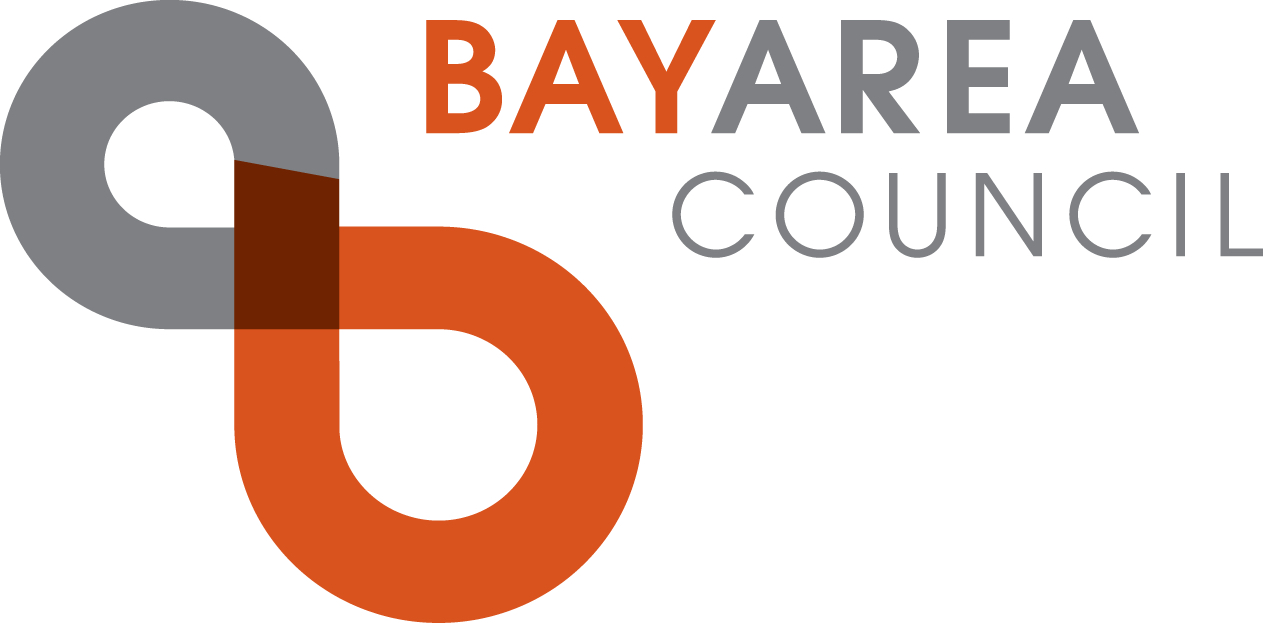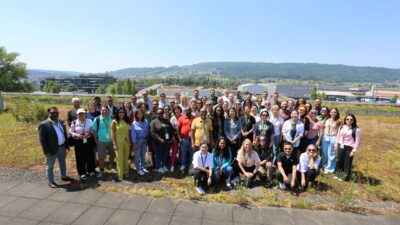California Resilience Spotlight Series: Extreme Flooding in the San Joaquin River Basin
This is one in a series of profiles of the 12 winners of the California Resilience Challenge, a first-of-its-kind statewide initiative of the Bay Area Council and a diverse array of partners. The Challenge recently awarded $2 million in planning grants for a variety of innovative projects in communities across the state to address the growing impacts of climate change, including drought, floods, wildfires, and sea-level rise.
Climate and watershed experts predict a dramatic increase in the frequency and intensity of floods in the lower San Joaquin River and Delta South Basin in the coming years. Analyses from the Department of Water Resources 2017 Central Valley Flood Control Protection Plan show that due to increased temperature and rainfall, the flows coming down the San Joaquin River during both the 100- and 200-year events will nearly triple in the next 50 years. Additionally, sea level rise is predicted to increase the average tidal water surface elevation by 1.25 feet in the same time period. These extreme flooding events jeopardize critical infrastructure including major hospitals, schools, national defense facilities, and freeways. The area at risk is also home to over 400,000 people residing in Lathrop, Manteca, and Stockton as well as numerous rural communities.
With a grant from the California Resilience Challenge, the San Joaquin Area Flood Control Agency (SJAFCA) will work to improve coordination and planning amongst stakeholders within the Lower San Joaquin River basin to develop options for basin-wide solutions that address flooding under the predicted climate change scenarios.
The area currently relies heavily on levees and upstream reservoirs for protection from both large flood events that come down the San Joaquin River from the Sierra Nevada mountain range as well as from tidal influences from the ocean through the Delta. Recent flood modelling with climate change considerations show that the current system is not able to withstand the dual flooding risks, and if a large flood event were to occur, it would result in a massive loss of life and have a devastating impact on the entire State’s economy.
Through collaboration with local and state stakeholders, SJAFCA will develop an initial array of alternatives to the existing levees and reservoirs. The alternatives will address the primary issue of adapting to increased flooding, while also incorporating multi-benefit features such as improved habitat through ecosystem restoration and enhancement of public recreation opportunities. By utilizing the extensive body of existing work and engaging with experts from a wide range of disciplines, the project will formulate up to seven initial alternatives and corresponding implementation strategies.
If subsequent funding is made available, the study will move to the next phase in which the alternatives will be further evaluated and ranked. Through technical evaluations and additional stakeholder engagement, a preferred alternative will be selected for implementation. “This project is a critical component in developing a coordinated, basin-wide solution to address increased flood risk due to climate change in the Lower San Joaquin Basin,” says Chris Elias, the Executive Director at SJAFCA.
While the study area is unique to the San Joaquin River, the concepts and approaches that will be developed can serve as a model to other geographies throughout the State and beyond. There are many watersheds in California and other parts of the United States that will experience large-scale flooding due to climate change that could greatly benefit from SJAFC’s study and planning project.
To learn more about the California Resilience Challenge, please contact Policy Associate Anna Sciaruto.
Special thanks to California Resilience Challenge funders PG&E, JPMorgan Chase & Co., Valley Water, Metropolitan Water District, Southern California Edison, Resources Legacy Fund, Alaska Airlines, SFPUC, SD Bechtel Jr. Foundation, and Pillsbury; and special thanks to Advisory Committee members AECOM, Pillsbury, Climate Resolve, Environmental Defense Fund, Ceres, and the Governor’s Office of Planning and Research.





